Sufficient fitness is a prerequisite for an enjoyable pilgrimage to the Camino de Santiago. As a training for the Camino de Santiago, it is important to walk longer stages on a regular basis. Then it will be easier later to go through the daily stages in a controlled manner. That saves drag and is more relaxed and beautiful. It would also be important to practice carrying the rucksack, calmly from time to time fully packed. So the body can get used to it a little.
Mental preparation: You should be aware that you will be away from home for a long time and that you will have to forego a certain level of comfort during this time. There will possibly also be bad weather days. If you go alone, then you have to be prepared to come to terms with yourself first.
Nutrition: Always listen to the body, it signals exactly what it is hungry for during constant stress. Breakfast should therefore be plentiful, it lays the foundation for the day. Sufficient, but easily digestible food such as pasta, soups and salads for lunch and dinner.
Tip: always book half board when staying overnight, the food is plentiful and inexpensive. Fruit, especially bananas or muesli bars, help out on the go. With muesli bars, make sure that they don't melt in the backpack when it's hot ...
Above all, drink lots and lots of water!
Papers: An identity card is enough. We now have open borders in Europe. BUT: Please always observe the currently valid entry and exit conditions and the corresponding COVID regulations
Money: There are enough ATMs to be found everywhere. So you can withdraw with the EC card. Pay attention to the fees.
Health insurance: Ask your health insurance company for the 'European health insurance card' and check whether rescue costs in the alpine area are covered. Accident insurance also makes sense.
Mobile phone: In the meantime, almost all of the Alpine region has been developed for mobile communications. One cell phone per participant is useful for emergencies. Tip: Save the numbers of the regional mountain rescue service, emergency numbers and the numbers of the pilgrim colleagues beforehand!
GPS: Those who are familiar with the handling of the devices can save themselves some orientation problems on routes that are still unknown to them. In fog and poor visibility, a GPS device is of course an enormous help, especially when you are in the high alpine area and the path is sometimes difficult to follow even with good visibility.
Backpack: the most important piece of equipment! The backpack shouldn't be too big and, above all, not too heavy. A volume of 40 to 50 liters is sufficient in most cases. Above all, it is important that the backpack sits correctly and can be adjusted accordingly. The hip belt should sit on the hips and the shoulder belt should run from below, from the shoulder blade over the shoulder to the top. Pack the rucksack before setting it up!
Weight: A 40 to 45 liter backpack should not weigh more than 12 to 15 kilos. You have to optimize your equipment so that your luggage doesn't become too heavy. There are many options, for example a light fleece or a thin down or dry loft jacket to keep you warm. A sleeping bag made from down is also lighter than one made from synthetic fibers.
Shoes: The basis for relaxed hiking and this is where you should save the least. You will only be able to fully enjoy the walk with a good, high-quality shoe. Make sure that the shoe is waterproof and breathable. Goretex or similar material is also recommended because it wears off quickly. Don't forget: the shoe should be worn sufficiently before starting. For about five to six days. Then you know which areas may need to be masked because bubbles may form there. If you only find out during the tour, it is too late. You can usually not get rid of the blisters because the areas are constantly stressed.
Socks: You can prevent blisters with the right socks. For example, there are socks that are adapted to the shape of the foot, that is, there is a right and a left. A very simple trick also works: Put on the fresh socks for the next day the evening before. A freshly washed sock has a relatively sharp, coarse mesh that causes unnecessary friction in the shoes. The material of the socks should transport the sweat further. Pure wool socks are unsuitable.
Backpack pharmacy: A small set of basic equipment is an absolute must. From a cut in the finger to a graze wound, a lot can happen that requires poor medical attention. In pharmacies or your family doctor you can usually get good advice on what to pack on longer hikes. Don't forget your own medication either.
Sun protection: An absolute must for equipment: Nothing works without sunscreen, sunglasses and headgear!
Rain protection: Ordinary rain jackets are not sufficiently waterproof. Only Gore-Tex jackets keep out six to seven hours of continuous rain. But there are also cheaper alternatives that are usually sufficient. In the case of rain trousers, a lower quality is sufficient, because there is no rucksack to push the moisture through, the water can simply run off. A rain cover for the backpack only protects against the worst. It always gets wet inside. That's why everything that needs to stay dry should be packed in bags. Above all, the sleeping bag!
We will provide you with a detailed brochure with detailed descriptions of the location, an overview map and valuable tips on the Jakobsweg Tirol, the Jakobsweg Tirol - Allgäu and the Jakobsweg Landeck - Einsiedeln (CH).
We will be happy to send you this free brochure. A small donation is very welcome.
Overview maps:
To get a first overview, a rough map of the whole of Tyrol is sufficient. These maps are mostly on a scale of 1: 200,000 or more and are therefore really only suitable for an initial overview. Numerous publishers offer Tyrol maps.
Detailed maps
For tour planning or as a map during the pilgrimage, a detailed map on a scale of 1: 50,000 or even better is recommended in any case. These cards can be purchased from retailers and tourism associations.
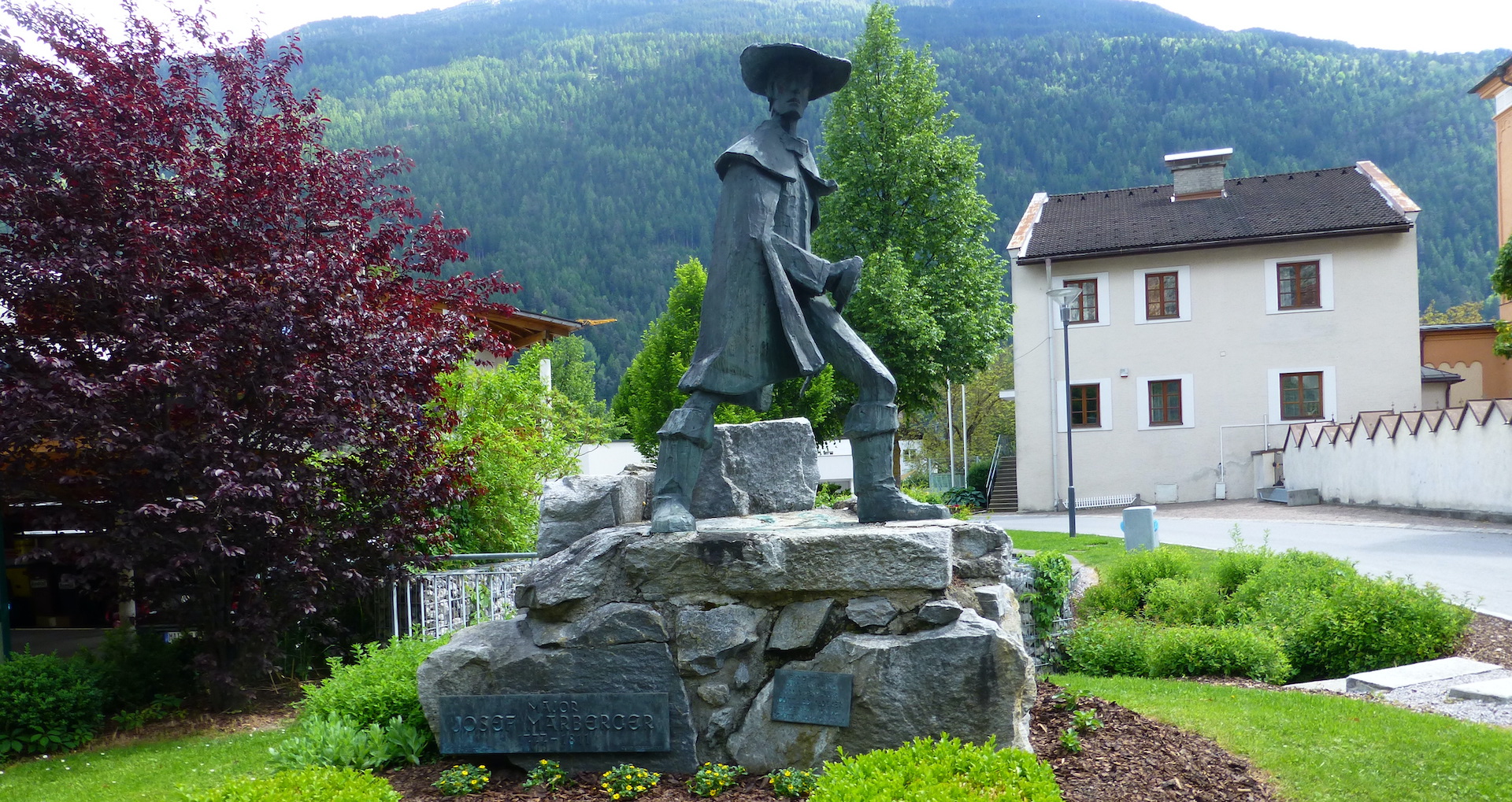
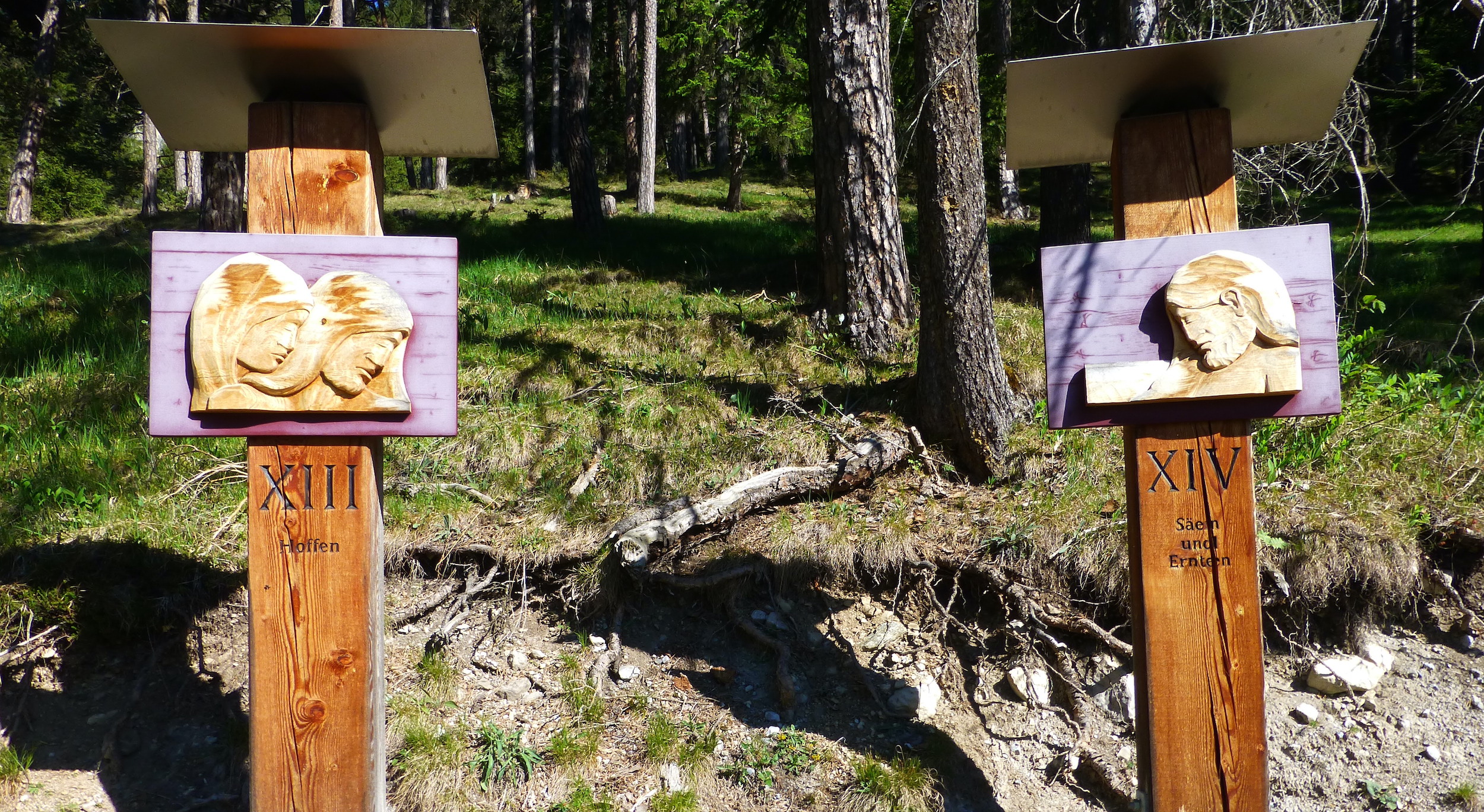
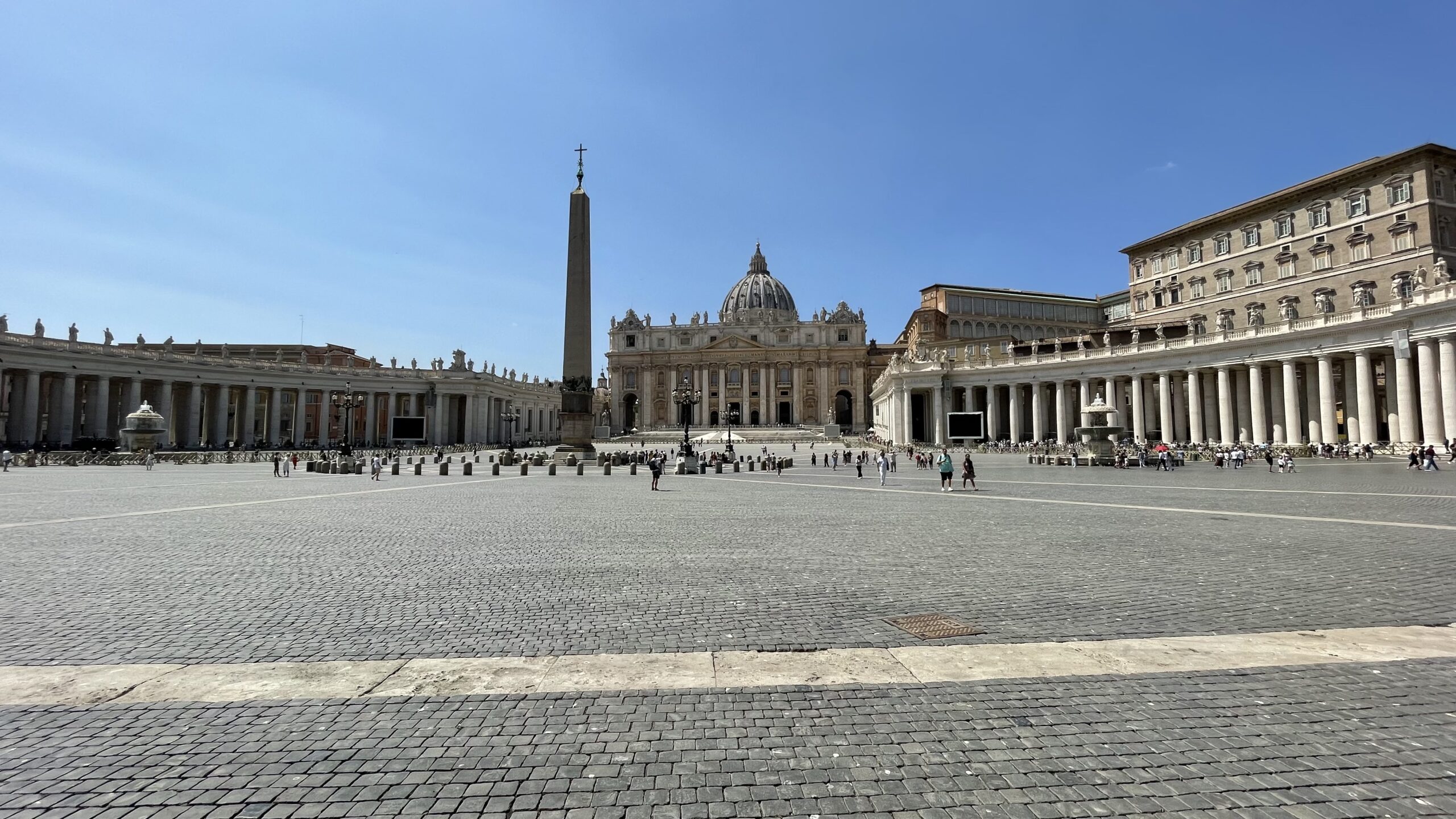

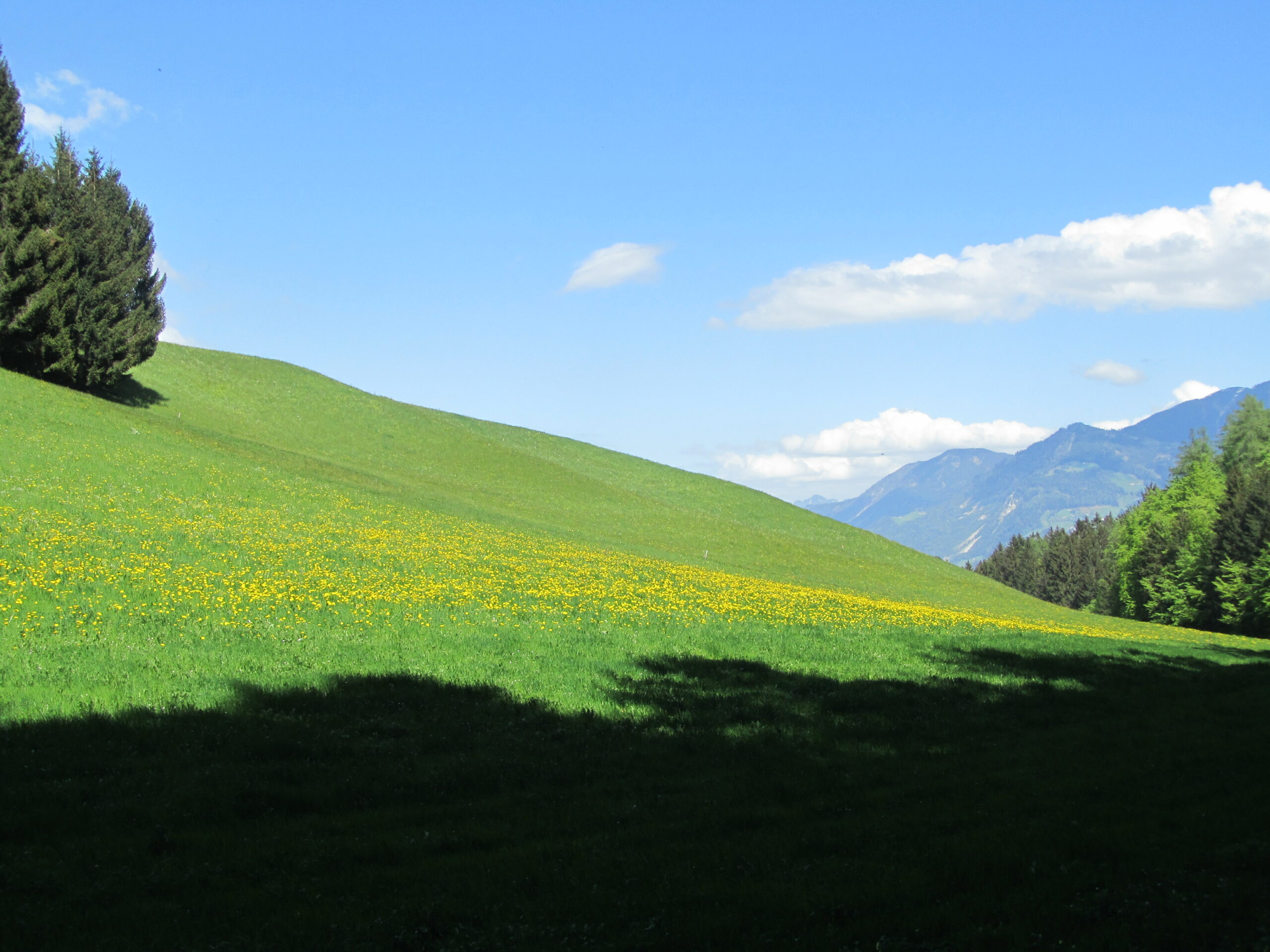
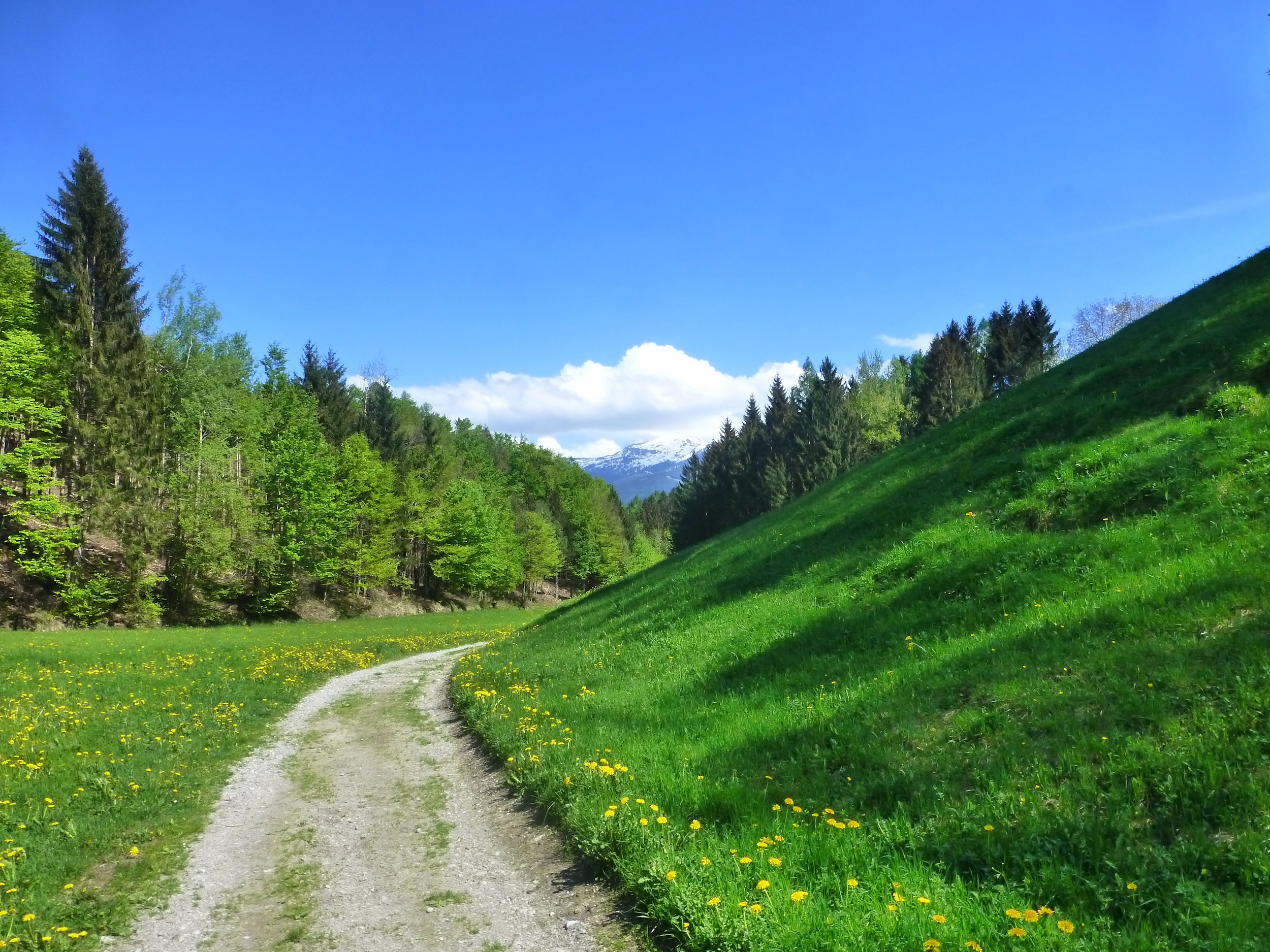
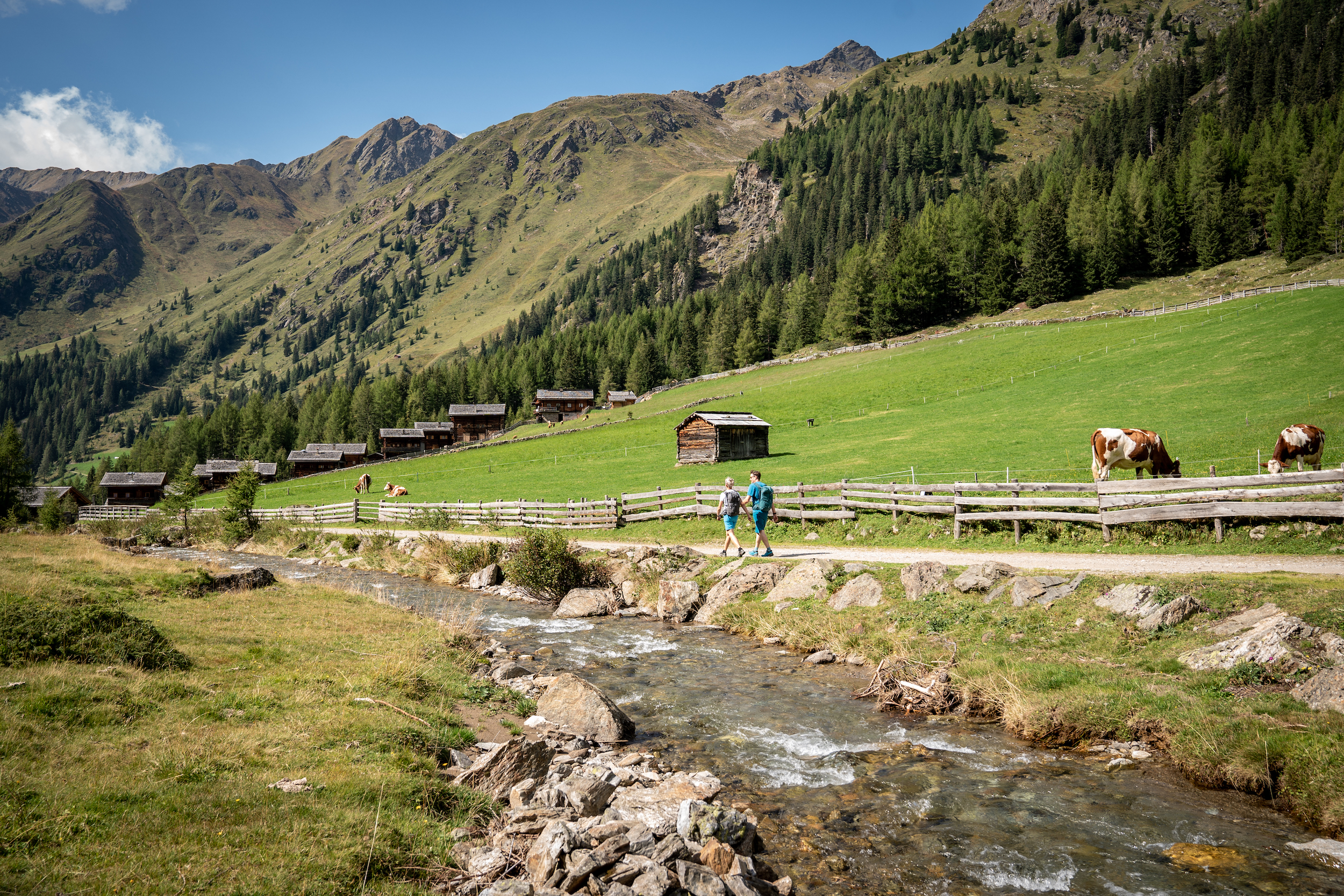

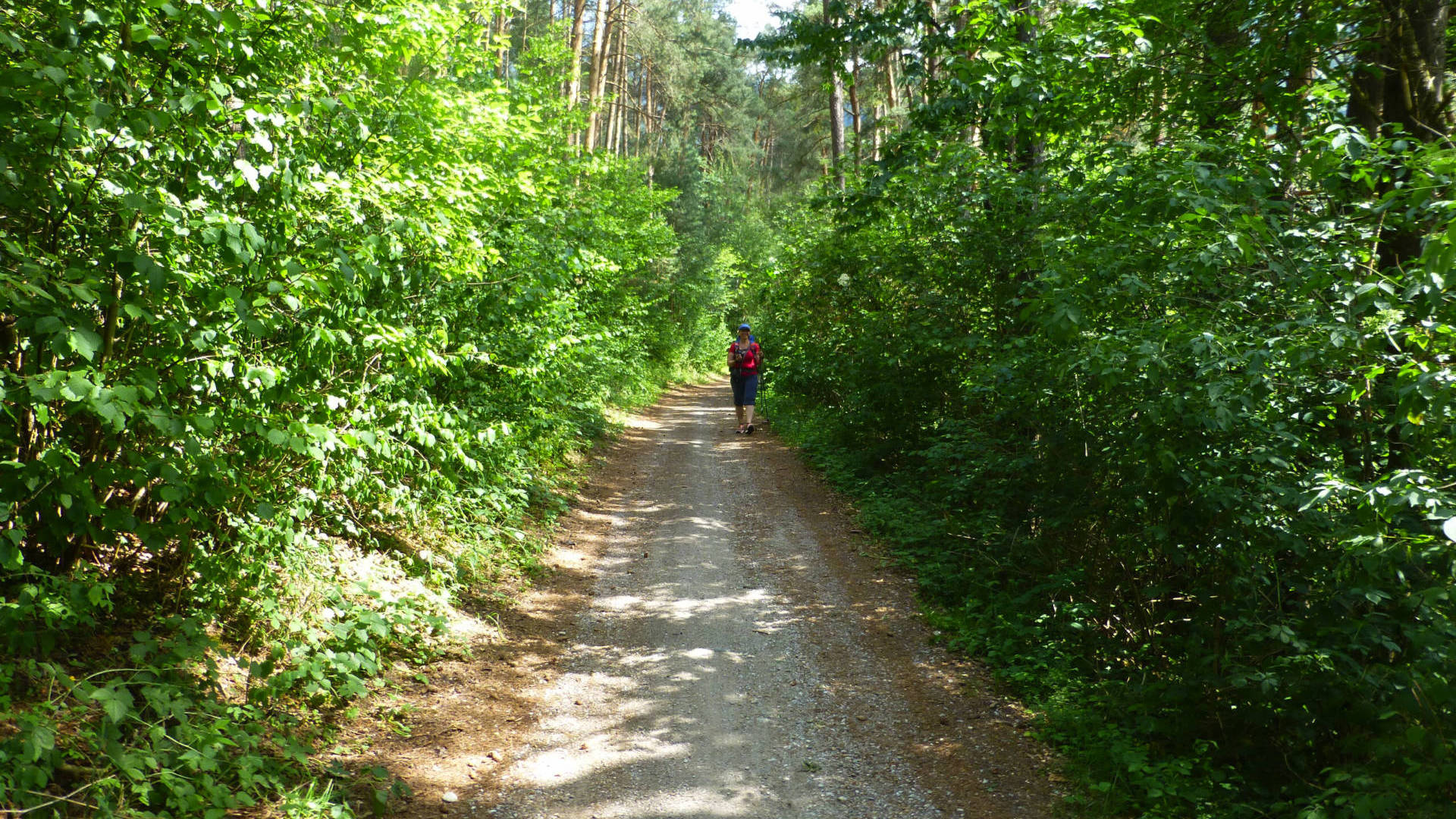
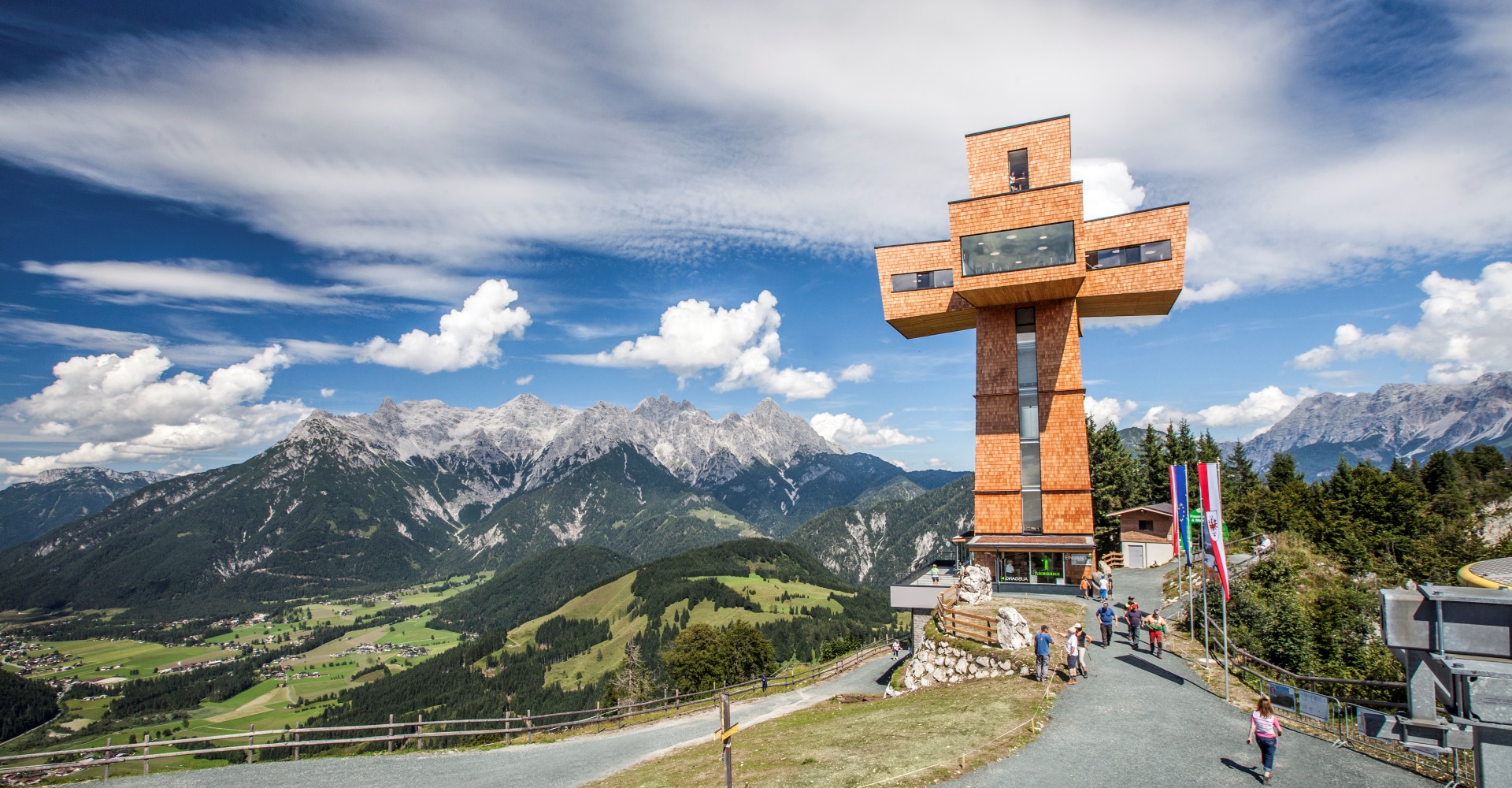

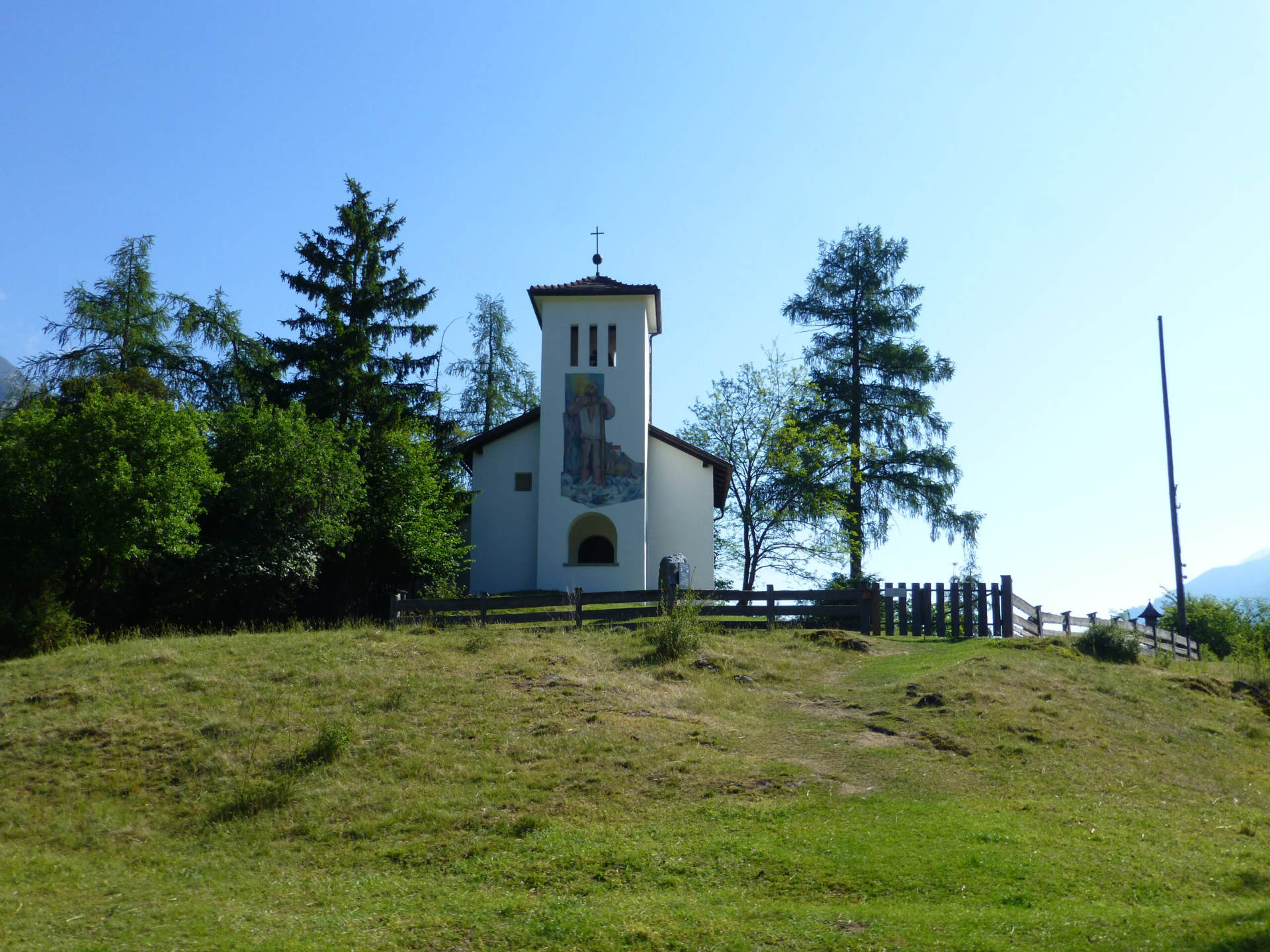
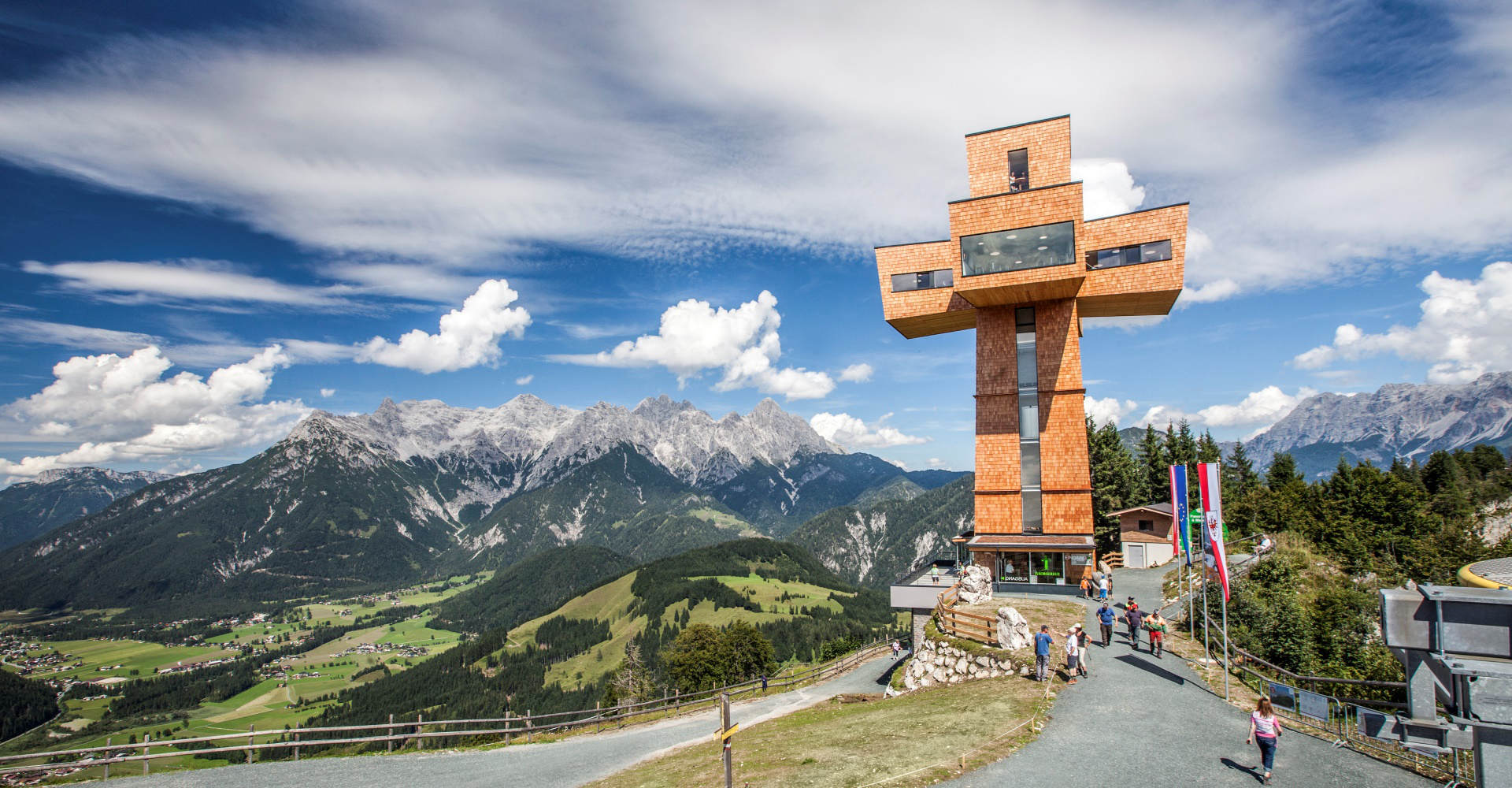
The Jakobsweg Tyrol leads from Kufstein or Lofer (Salzburg) through the Inn Valley to St. Anton am Arlberg. A second route invites you to hike through East Tyrol. The trails have connections to Bavaria, Vorarlberg, Switzerland or South Tyrol/Italy. On your tour through Tyrol you will get to know the mountain world of the Alps and the lush landscapes of the Inn Valley. Nature experiences of a special kind are guaranteed. The special hospitality and quality distinguish Tyrol.
Project Management Way of St. James Tyrol
Pillerseetal Regionalentwicklungs GmbH
Regio-Tech 1
6395 Hochfilzen